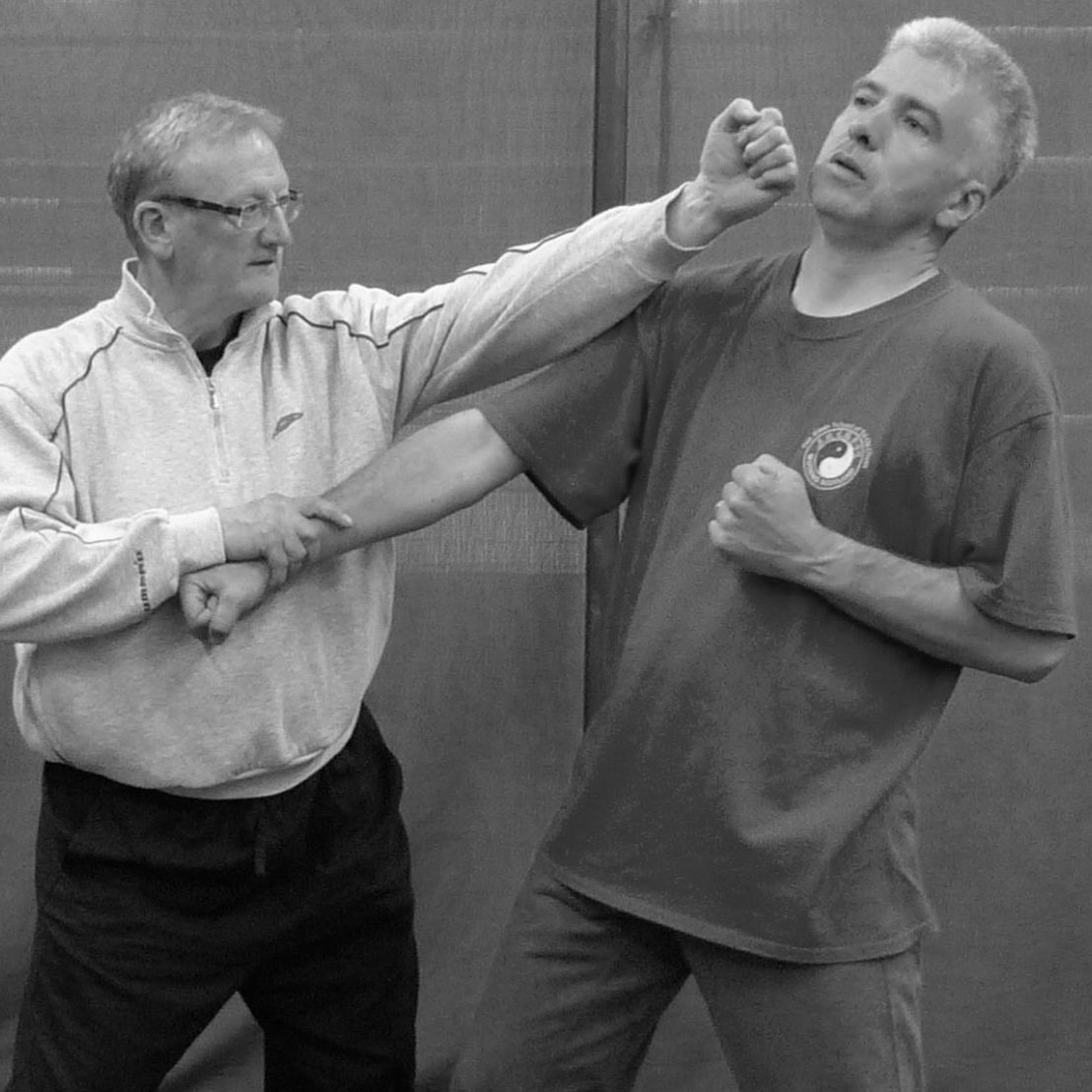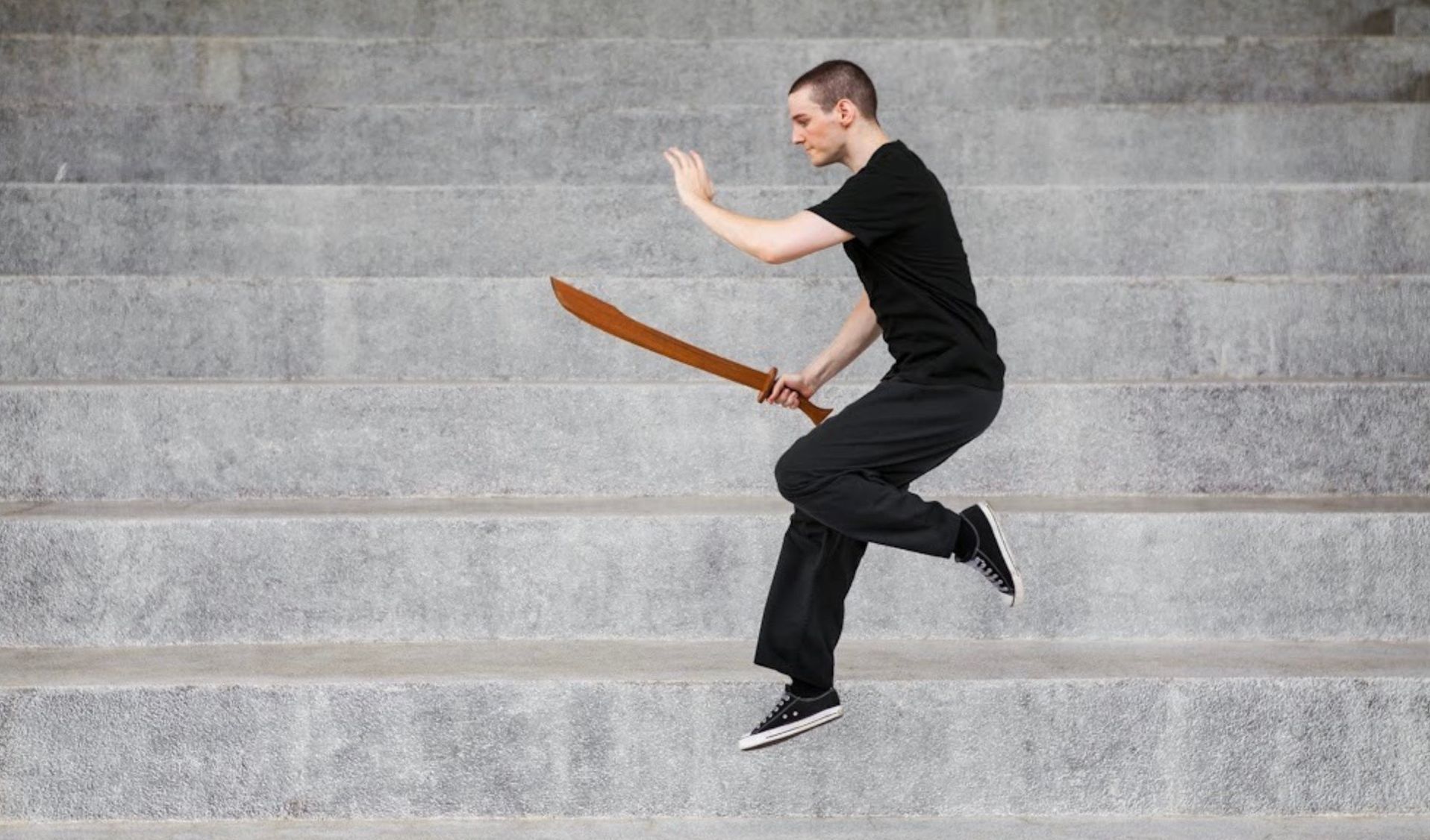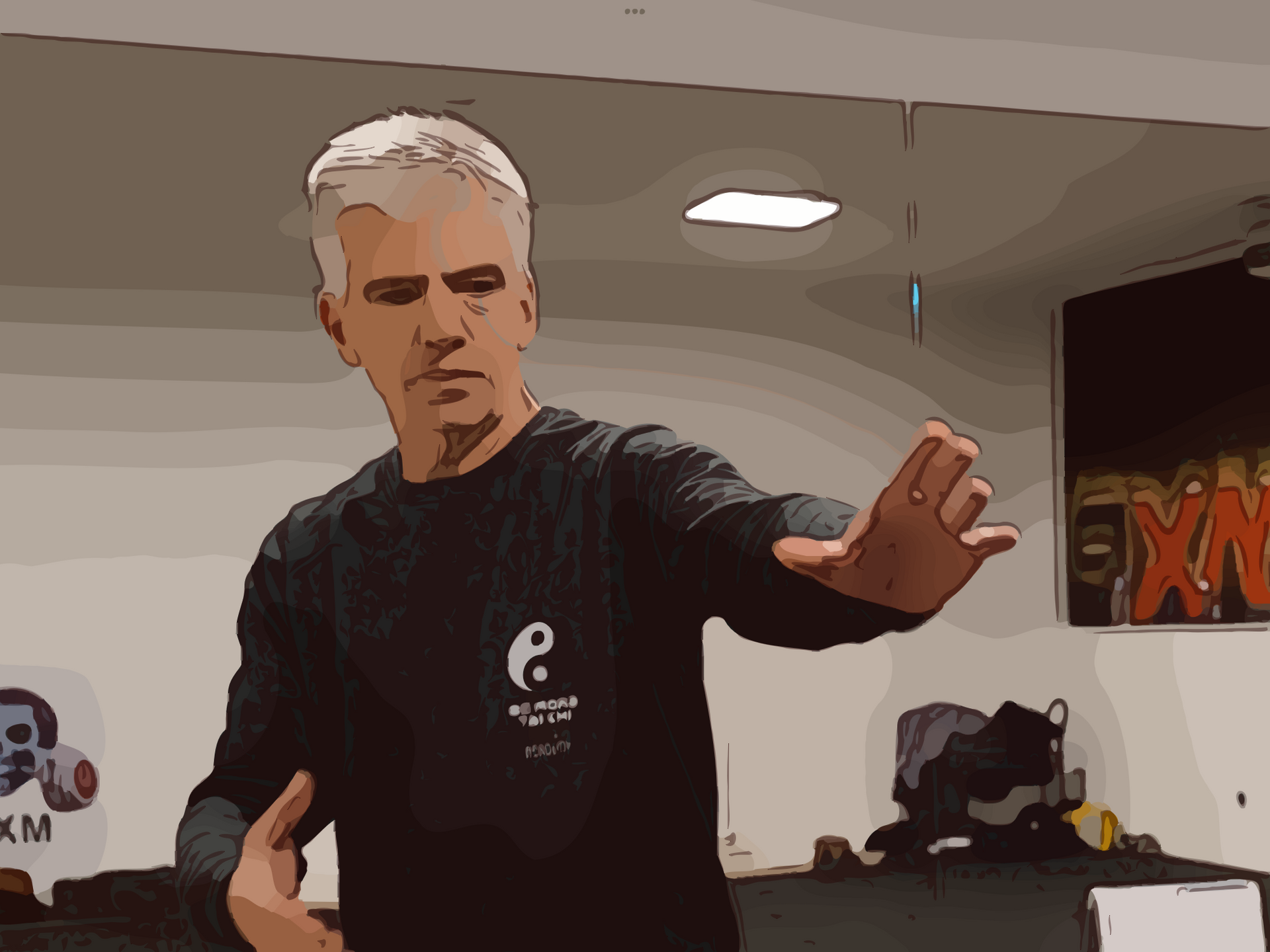Tai Chi for Breast Cancer Recovery: A Gentle Path to Healing
Tai Chi for Breast Cancer Recovery: A Gentle Path to Healing

A breast cancer diagnosis—and the treatment that follows—can be overwhelming, both physically and emotionally. While medical interventions like surgery, chemotherapy, and radiation play a crucial role in survival, recovery is about more than just overcoming the disease; it’s about rebuilding strength, reducing stress, and restoring well-being.
Tai Chi, often called “meditation in motion” or even “medication in motion”, has gained recognition as an effective complementary practice for cancer survivors. It’s a gentle, low-impact exercise that promotes healing, reduces fatigue, and enhances overall quality of life.
Let’s explore how science-backed Tai Chi can support recovery and long-term wellness after breast cancer.
⸻
1️⃣ Tai Chi & Breast Cancer Recovery: What the Science Says
Tai Chi isn’t just an ancient practice—it’s a scientifically validated tool for recovery and resilience. Several studies have explored its impact on breast cancer survivors, with promising results:
📌 Improved Sleep Quality & Energy Levels
• A study from UCLA Health found that Tai Chi is as effective as cognitive behavioral therapy for treating insomnia in breast cancer survivors.
• Restorative sleep is essential for recovery, as it boosts immune function and accelerates healing.
📌 Reduced Inflammation & Pain Relief
• Chronic inflammation is linked to cancer recurrence, and research suggests that Tai Chi can lower inflammation markers, promoting overall healing.
• Many survivors experience joint pain and stiffness due to cancer treatments—Tai Chi’s gentle movements help restore flexibility and reduce discomfort.
📌 Boosted Immune Function
• The slow, controlled breathing techniques in Tai Chi enhance oxygen circulation and activate the body’s natural defense mechanisms.
• Studies from Memorial Sloan Kettering Cancer Center show that Tai Chi can help regulate immune response, making the body more resilient post-treatment.
📌 Mental & Emotional Well-Being
• Tai Chi incorporates mindfulness, breathwork, and gentle movement, all of which are known to reduce anxiety, depression, and PTSD related to cancer recovery.
• By focusing on the present moment, survivors often experience greater emotional stability and a renewed sense of control over their health.
🔶 Bottom Line: Tai Chi provides a safe, natural way to improve physical and emotional health—without the strain of high-intensity workouts.
⸻
2️⃣ How Tai Chi Helps with Common Post-Cancer Challenges
Breast cancer survivors face a range of physical and emotional hurdles. Tai Chi helps address these challenges holistically.
🔹 Fatigue & Low Energy
✅ Gentle, continuous movement boosts circulation without draining energy.
✅ Studies show that Tai Chi reduces cancer-related fatigue by enhancing body awareness and oxygen flow.
🔹 Joint Pain & Stiffness
✅ Many treatments (like hormone therapy) cause joint discomfort—Tai Chi improves mobility without stressing the body.
✅ Slow, controlled weight shifts ease tension in knees, hips, and shoulders.
🔹 Balance & Fall Prevention
✅ Treatments and inactivity can lead to weakened muscles and balance issues.
✅ Tai Chi strengthens stabilizer muscles, improving coordination and preventing falls.
🔹 Emotional Recovery & Stress Reduction
✅ Mindful breathing lowers cortisol (stress hormone) levels.
✅ Tai Chi helps with anxiety, PTSD, and depression—offering a calming, restorative practice.
💡 Many survivors say that Tai Chi helps them feel more in control of their body again—an essential step in reclaiming life after cancer.
⸻
3️⃣ Getting Started: How to Practice Tai Chi for Recovery
Tai Chi is accessible to all fitness levels, and survivors can start at their own pace. Here’s how:
📌 1. Start with Gentle, Short Sessions
• Even 5-10 minutes a day can yield benefits.
• Focus on breathing and soft, flowing motions—there’s no rush.
📌 2. Choose Simple, Low-Impact Movements
• Basic Tai Chi forms (such as shifting weight and slow arm movements) help restore strength without strain.
• Movements like Cloud Hands or Wave Hands Like Clouds promote relaxation and circulation.
📌 3. Find a Supportive Class or Follow a Guided Program
• Practicing in a community setting can offer motivation and emotional support.
• Online Tai Chi programs for cancer recovery are also available for at-home practice.
📌 4. Be Patient & Gentle with Yourself
• Healing is a process, not a race—the goal is to feel better over time.
• Consistency matters more than intensity.
🚀 Tai Chi isn’t just exercise—it’s a lifelong tool for recovery, resilience, and well-being.
⸻
4️⃣ Final Thoughts: A Gentle Path Back to Strength
For breast cancer survivors, recovery doesn’t stop after treatment ends—it’s an ongoing journey of rebuilding strength, confidence, and health. Tai Chi offers a safe, gentle, and deeply effective way to support that journey.
✅ Proven to reduce fatigue & inflammation
✅ Restores mobility & balance
✅ Reduces anxiety & improves sleep
✅ Accessible for all ages & fitness levels
💡 Whether you’re looking for stress relief, increased energy, or a way to reconnect with your body—Tai Chi is a powerful, science-backed option.
Discover the Healing Benefits of Tai Chi










